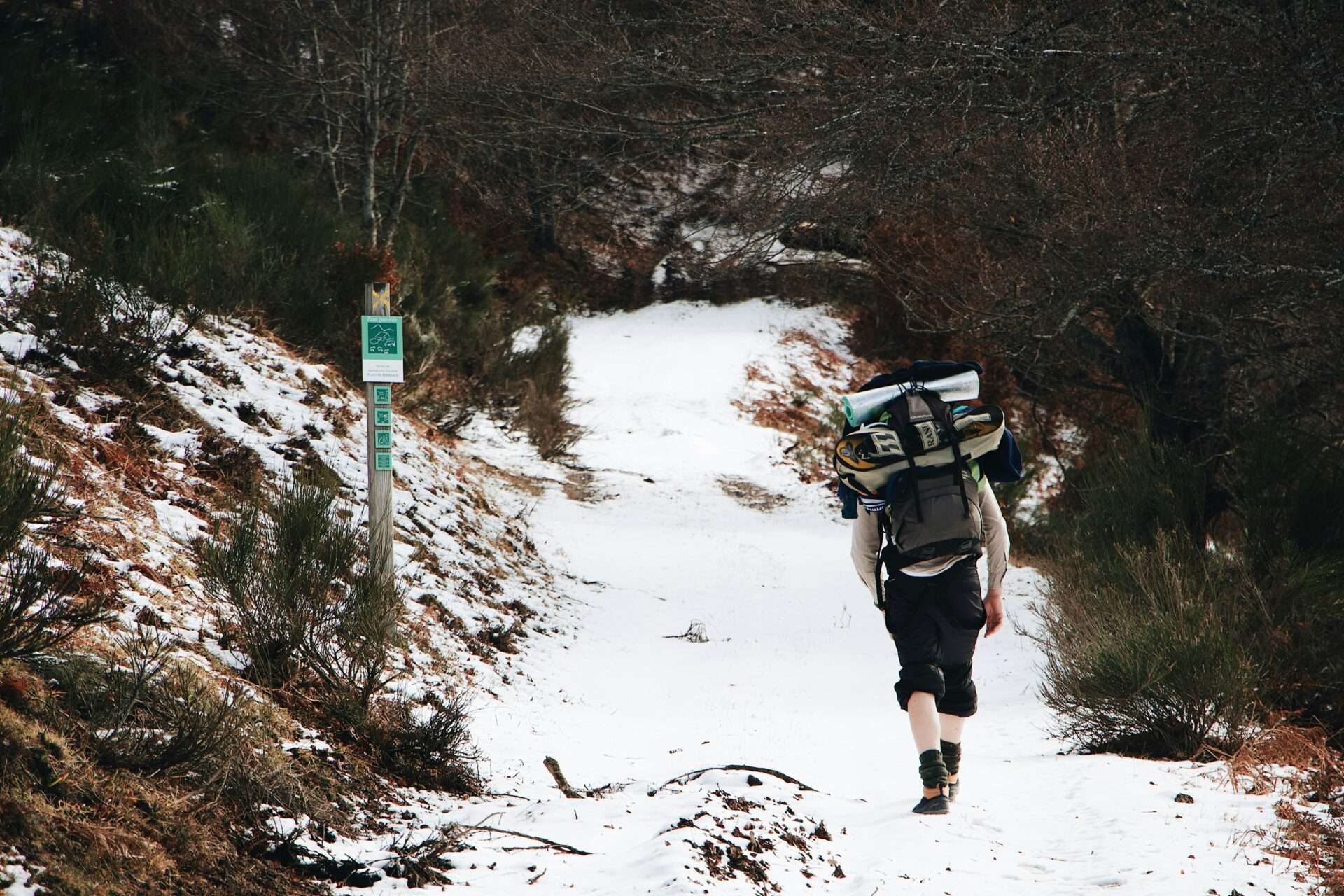Essential Safety and Preparation for Trail Running
Emergency Gear Checklist
When you’re deep in nature, being properly prepared is non-negotiable. Always bring a comprehensive first-aid kit with bandages, antiseptics, blister pads, and personal medications. Include navigation tools like a map and compass—technology can fail, but classic tools won’t let you down.
- Map and compass
- First-aid kit
- Multi-tool or knife
- Headlamp with extra batteries
- Emergency whistle
- Fire starter kit
- Bivy sack or emergency shelter
Adjust your gear for weather: hand warmers in cold weather or extra water and a sun hat in heat.
Navigation and Route Planning
Smart route planning keeps you safe. Use both digital and analog tools, and always check weather forecasts. Layers and rain gear help manage changing conditions.
- Map and compass
- GPS device with full charge
- Layered clothing and rain jacket
- Backup emergency plan
Wildlife Awareness
Trail runners often encounter wildlife, so observe animals from a safe distance. Never feed or approach them, and stay alert.
- Carry bear spray in high-risk areas
- Avoid headphones in dense areas
- Make noise to avoid surprising animals
- Respect animal space and behavior
Joining the Trail Running Community
Find a Running Group
Running groups build consistency and motivation. Search online or visit local shops to connect with nearby runners. Group runs help beginners learn the ropes and discover new trails.
Trail Events and Races
Start with smaller trail events to ease into the race environment. Focus on enjoying the experience rather than competing. Post-race celebrations are great for connecting with others.
- Pick a local race
- Register early
- Train for the terrain
- Celebrate post-race with the community
Give Back to the Trails
Trail maintenance is a great way to contribute. Volunteering keeps trails clean and builds connections.
- Join cleanup or repair events
- Support conservation efforts
Fueling Your Trail Journey
Nutrition and Hydration
Eat for energy and hydrate smart. Use snacks like trail mix, energy bars, and whole foods. Drink regularly, even in cold weather, and supplement with electrolytes.
- Consume a mix of carbs and fats
- Hydrate every 15–20 minutes
- Pack your own nutrition and water
Recovery Matters
Post-run recovery fuels your next adventure. Eat a balanced mix of carbs, protein, and healthy fats within 30 minutes after finishing.
- 4:1 carb-to-protein snack
- Rehydrate with water or electrolytes
- Include magnesium-rich foods
Cultivating the Trail Runner’s Mindset
Build Mental Strength
Trail running is a mental test as much as a physical one. Stay resilient through challenges by setting goals, practicing gratitude, and taking rest seriously.
Practice Mindfulness
Focus on your breath and surroundings. Tune into nature’s rhythm and let go of distractions for a more fulfilling experience.
Set SMART Goals
Goals help you grow. Use the SMART framework—Specific, Measurable, Achievable, Relevant, Time-bound—to stay on track and motivated.
Rediscover the Joy
Trail running reconnects you with nature and yourself. Embrace the adventure, whether solo or in a group, and let each run become a celebration.



